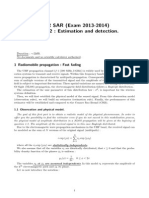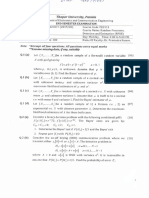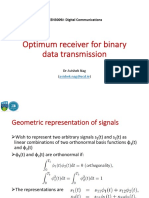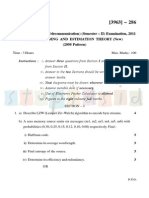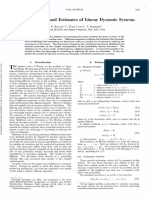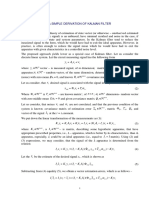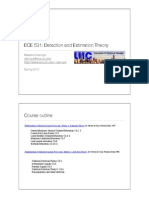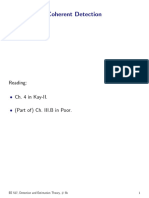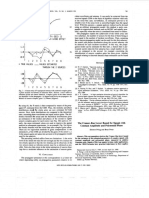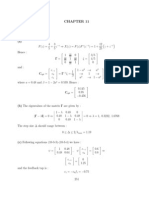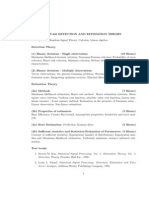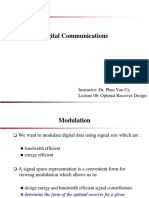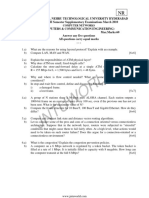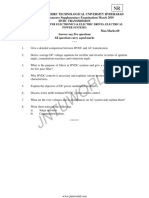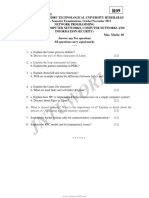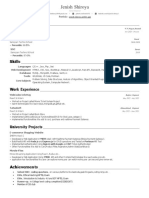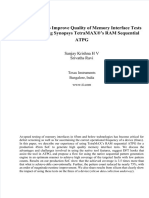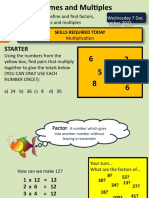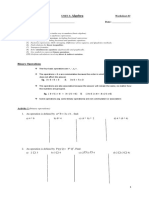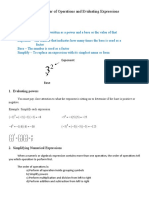0% found this document useful (0 votes)
26 views2 pagesNr-Detection & Estimation Theory
This document outlines the examination paper for the M.Tech I Semester in Detection & Estimation Theory at Jawaharlal Nehru Technological University Hyderabad. It includes a set of questions covering topics such as likelihood ratios, spectral decomposition, filter design, estimators, and the Cramer-Rao bound. The exam consists of eight questions, from which students are required to answer any five, with each question carrying equal marks.
Uploaded by
sudhakar kCopyright
© © All Rights Reserved
We take content rights seriously. If you suspect this is your content, claim it here.
Available Formats
Download as PDF, TXT or read online on Scribd
0% found this document useful (0 votes)
26 views2 pagesNr-Detection & Estimation Theory
This document outlines the examination paper for the M.Tech I Semester in Detection & Estimation Theory at Jawaharlal Nehru Technological University Hyderabad. It includes a set of questions covering topics such as likelihood ratios, spectral decomposition, filter design, estimators, and the Cramer-Rao bound. The exam consists of eight questions, from which students are required to answer any five, with each question carrying equal marks.
Uploaded by
sudhakar kCopyright
© © All Rights Reserved
We take content rights seriously. If you suspect this is your content, claim it here.
Available Formats
Download as PDF, TXT or read online on Scribd
/ 2




